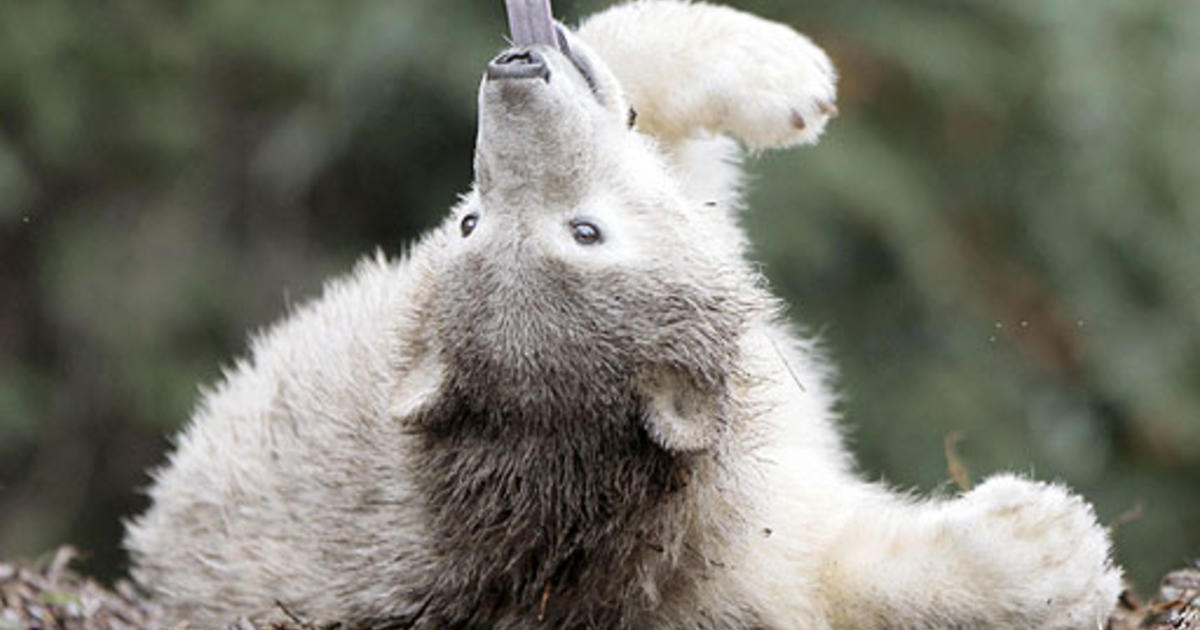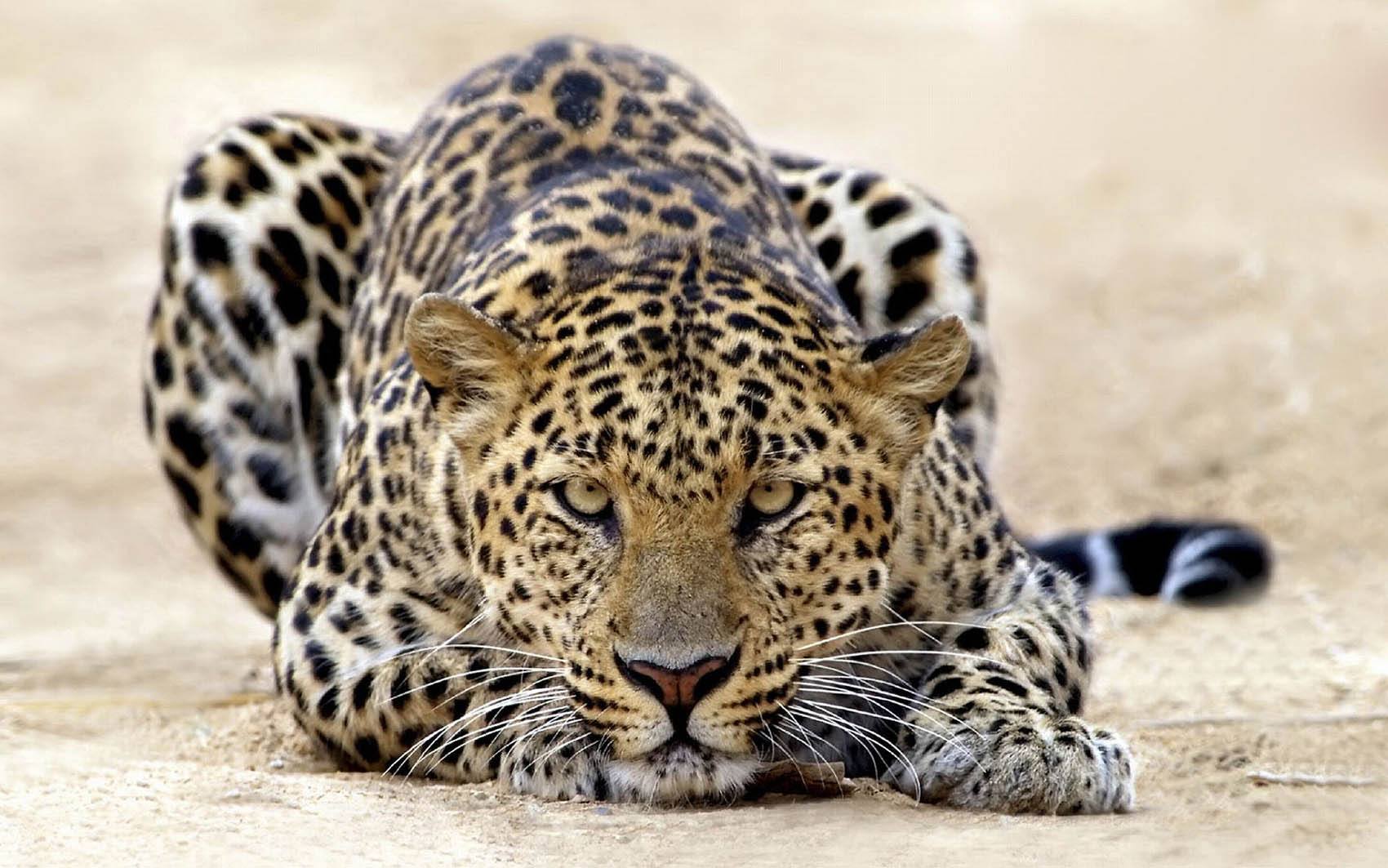62+ Animal Instincts Examples
If there are animal instincts we have them too. Babies without a mother.
Animal Instincts Science Quizizz
Birds that lay eggs will incubate the eggs of other birds if they find their nest unprotected.

Animal instincts examples. For example a dog can improve its fighting skills by practice. Other instincts including denial revenge tribal loyalty greed and our urge to procreate now threaten our very existence. Cliff diving into the water on top of large prey is an instinctual tactic in big cats like the jaguar of the western hemisphere.
Examples of animal instinct in a sentence how to use it. No human or pet can rival the ecological importance of a. The author and a friend.
Goose bumps are created when tiny muscles at the base of each hair contract and pull the hair erect. Goose bumps can also appear as a response to anger or fear. There are many examples you may have seen of different species behaving like parent and child.
Why You Should Be Eating More Uni Greek Mythology Stories. And bats dolphins whales frogs and various rodents use high-frequency sounds to find food communicate with others and navigate. Furthermore Gilding enervates Jacks animal-like Instincts by using a metaphor to compare Jack to a living thing from the wild.
For example a dog will drool the first timeand every timeit is exposed to food. We usually cry out and run when frightened but occasionally attack as lions and tigers and bears do. Cliff diving into the water on top of large prey is an instinctual tactic in big cats like the jaguar of the western hemisphere.
Thats why fish do not have to think about how to swim. Jacks incredible athletic ability like a night creature to move five yards forward easily and without struggle like a cold-blooded animal Is obvious. An animals instincts is the ability to know without thinking the capability to automatically know how to behave or respond in certain circumstances.
The erect hairs make the animal appear larger in order to intimidate enemies. Any attempt to control human behavior is bound to meet with resistance and disapproval. For instance a kangaroo rat instantly performs an automatic escape jump maneuver when it hears the sound of a striking rattlesnake even.
For example animals may migrate when the days get shorter in the fall. Such behaviors are usually triggered by a particular stimulus or cue and are not readily modified by subsequent experience. Significance of Innate Behavior Innate behaviors are rigid and predictable.
All animals are born with certain instincts that guide their behavior. Animal instincts kick in and we crave real food. An infant grasping an object placed in the palm of his hand breathing a spider spinning a web and a bird building a nest are all examples of instinctive behavior.
Instead they simply know how to do so. That is the animal instinct that is found in every human being and which lures. An instinct is a hard-wired inborn behavior that enables a human or animal to cope with its environment.
An instinct is a stereotyped species-typical behavior that appears fully functional the first time it is performed without the need for learning. Other examples include animal fighting animal courtship behavior internal escape functions and the building of nests. Our innate fear of snakes is an example.
An instinct is the ability of an animal to perform a behavior the first time it is exposed to the proper stimulus. In animals covered with fur or hair the erect hairs trap air and create a layer of insulation. Though an instinct is defined by its invariant innate characteristics details of its performance can be changed by experience.
Unless we can change our behavior humans are facing the end of civilization. Elephants whales hippopotamuses giraffes and alligators use low-frequency sounds to communicate over long distances often miles. Learned responses are not instincts.
This knowing ability occurs naturally or instinctively to an animal and is inherited from birth. What are some examples of instincts in animals. Perhaps having the same kind of stunning effect as that of a diving hawk eagle or owl onto their prey.
26 Spatial Learning Animal Behavior Examples
Transmission and reception of signals between animals. Thus during spatial learning animals use allocentric spatial cues to navigate in space keeping track of their position relative to other distal stimuli.

Harnessing Knowledge Of Animal Behavior To Improve Habitat Restoration Outcomes Hale 2020 Ecosphere Wiley Online Library
- food mates nest sites hazards.

Spatial learning animal behavior examples. For example birds are more likely to forage in areas where they already see birds feeding. One of the best-known examples of genetically based variation in behavior within a species is prey selection by the garter snake Thamnophis elegans. Support for this notion comes from the finding of place cells in the hippocampus where different groups of neurons in this region display.
For example wolves and other predatory animals that hunt in packs learn hunting skills through observational learning. Animal learning - Animal learning - Sensitization. Animal Behavior- ImprintingImprinting is an animal behavior in which new born birds and some mammals follow one of the first objects they seeFirst mentioned.
Inland snakes eat frogs leeches and fish but not slugs. Paul Andersen steps you through eight types of animal behavior. Coastal garter snakes feed on salamanders frogs and toads but mainly on slugs.
For example female digger wasps Philanthus triangulum nests in small burrows. The fact that pigs are mobile essentially from birth facilitates the use of spatial learning tasks in piglets though it is important that the animals have the maturity to be able to learn the task at the age tested. This is because of its ability of spatial learning the association of a memory to reflect the spatial structure of the environment.
Spatial learning refers to the process by which an organism acquires a mental representation of its environment. Sight Touch Smell Taste Sound Vocabulary- other stimuli Heat Light Chemicals Humidity Vibration Color Gravity Pressure Presence of another animal Others. Stuart Altman describes how one troop of baboons responded to ripe berries on an isolated bush in the center of their home range as a sign of their availability elsewhere and trekked to a remote patch of bushes bearing the same fruit.
When it goes off to hunt it is still able to locate its burrow upon its return. Traditional psychological theories of learning have assumed that the learning of new patterns of behaviour comes about through the association of a new response with a particular. Spatial learning and navigation is critical to the survival of any animal that hides food for later retrieval when food is scarce.
- why would strong spatial learning potentially increase an individuals fitness. The effect of habituation is to eliminate unnecessary responses but the main function of learning has usually been thought to be the production of new responses. The Norway rat Rattus norvegicus also utilizes social learning behaviors to find food.
However observational learning has also been observed in many other species of animal. Spatial learning has been found in both vertebrate and invertebrate species. Stimuli External Stimulus something outside the animal eg.
This has led to the suggestion that animals must rely on representations of shape and space geometry rather than representations of specific features of the space and landmarks. There are several examples in the animal kingdom in which animals utilize social learning to find food. Stimulus generated by one animal guides the behavior of another - communication.
- A dolphin associates the sound of a clicker with a food reward - A pigeon is trained to push a lever for a food reward. The study of movement activity and behavior is valuable in research on animal health and welfare specifically in livestock researchUnderstanding animal behavior in different environments provides insights that can help improve their living conditions. Displays its blue feet.
Young animals observe and copy the behavior of older animals when they hunt together. - A rat can navigate a maze by using landmarks - Grey squirrels can relocate buried food - An octopus can navigate in a new tank after a 24-hour learning period. He starts by defining ethology and explaining that behavior varies from innate to learned.
Examples of behavior - blue footed booby. Hunger fatigue feeling cold hormones. Another example of observational learning involves Japanese macaques a species of monkey.
ANIMALSResources that animals need are usually distributed patchily within their home range and many animals learn where they are and how to reach them. Spatial behaviors in sheep. Sound sight smell etc presence of another animal Stimuli Internal Stimulus something inside the animal eg.

